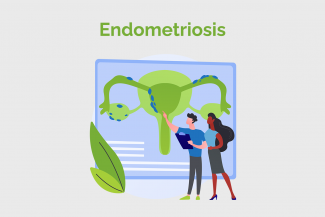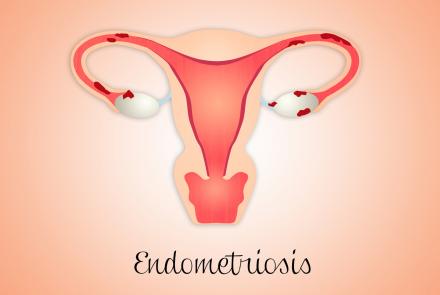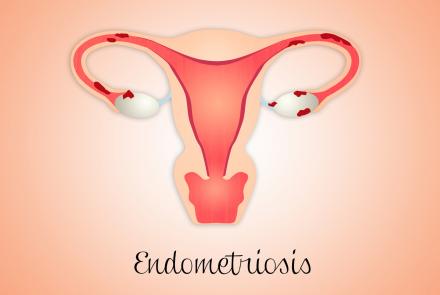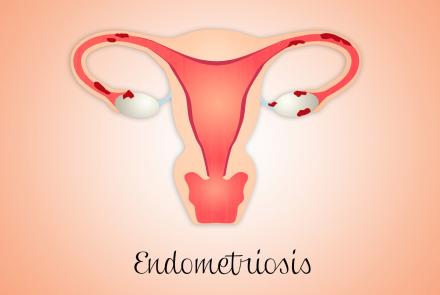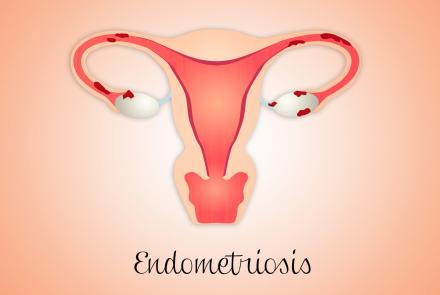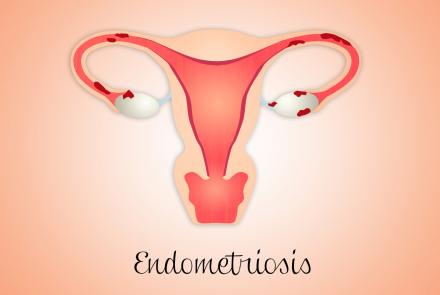Endometriosis affects 176 million women worldwide. Endometriosis usually causes symptoms during reproductive years (~12-60 years old. Many women and girls are often undiagnosed. Endometriosis affects women equally across all racial/ethnic and socioeconomic backgrounds.
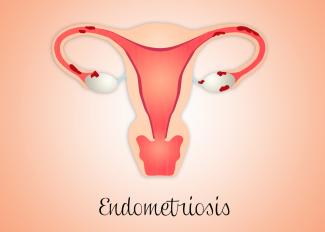
Diagnosis
Endometriosis cannot be diagnosed based on symptoms alone; it has to be supplemented with a pelvic examination, pelvic ultrasound, laparoscopy and MRI.
- Pelvic examination: The pelvic examination has poor sensitivity in the diagnosis of endometriosis, but some findings of the physician may suspect endometriosis, like a tender nodule behind the cervix during a combined vaginal and rectal exam, or the uterus may be tilted back or retroverted. Occasionally, endometriosis implants may be visible in the vagina or the cervix.
- Ultrasound: Transvaginalultrasonography may reveal large endometriotic cysts (such as endometrial), but smaller endometriosis implants cannot be visualized.
- Laparoscopy: Laparoscopy is an outpatient surgical procedure where a camera is inserted into the abdomen through a small incision near the navel to see the pelvic organs and look for endometriosis. The extent of endometriosis is evaluated through a clinical staging system.
- MRI: MRI helps in detection of even very small lesions and it can distinguish the hemorrhagic signal of endometriotic lesions due to its very high spatial resolution. MR imaging has high specificity for identifying endometriomas and correlating the imaging features of endometriotic lesions with their laparoscopic appearances may help in improving the diagnosis of endometriosis.
Changed
14/Aug/2017
Community
Condition

